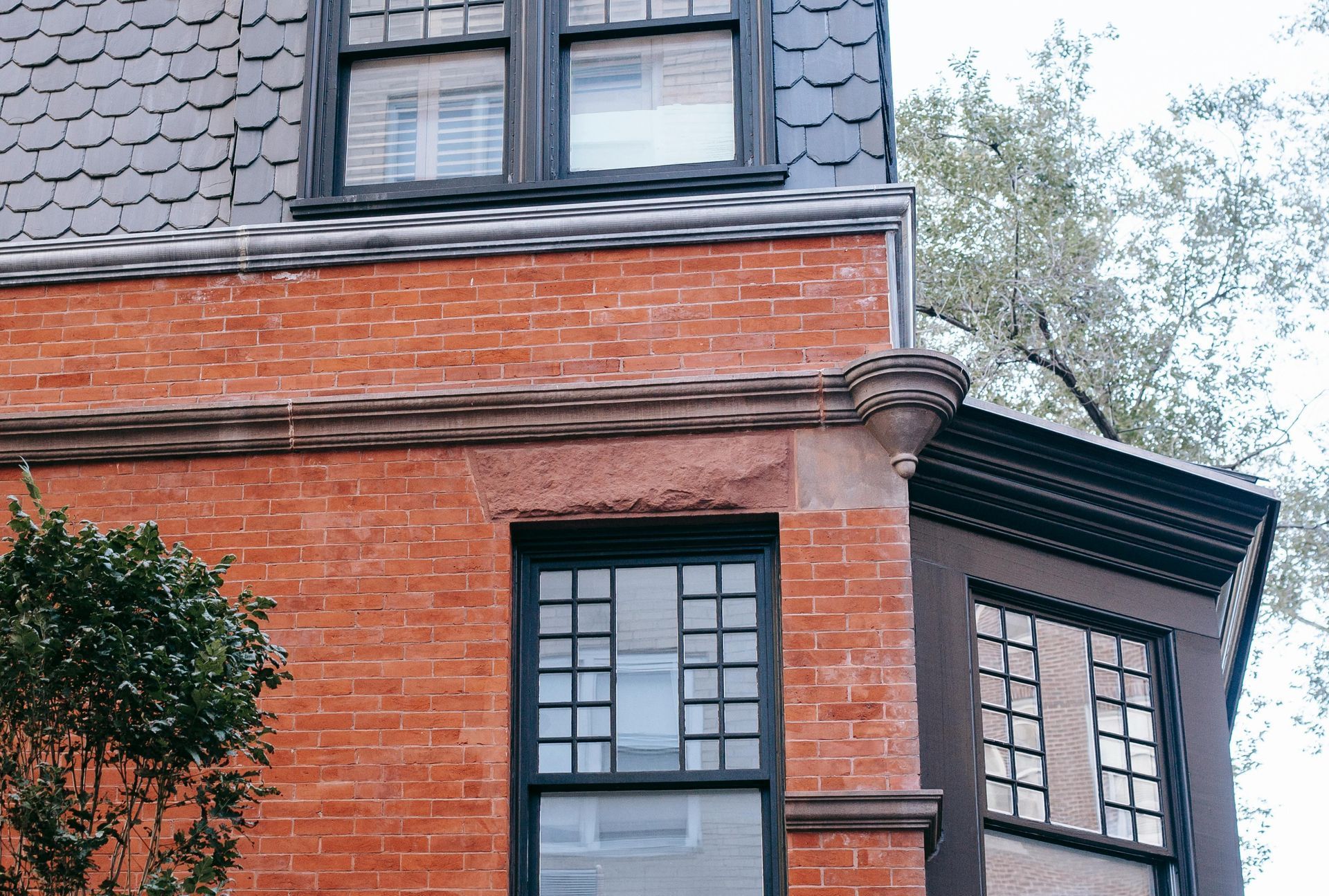Combatting Mould in Rental Properties: A Guide for Tenants and Landlords
Understanding the Impact of Mould:
Mould isn't just an unsightly issue in rental properties – it poses serious health risks and can cause significant damage if not promptly dealt with. Whether you're a tenant or a landlord, it's crucial to tackle mould and dampness swiftly to maintain a safe and healthy living environment. Here's what you should know.

1. Preparing Your Rental Property:
Before the tenancy begins, it's crucial for both tenants and landlords to conduct a thorough walkthrough of the property. Note any existing damage, including signs of mould or dampness, and discuss how to address these issues.
2. Landlord Responsibilities:
Landlords play a vital role in mould prevention by ensuring that the property's drainage systems, such as gutters and downpipes, are functioning effectively and fans are installed in bathrooms/kitchens for optimum ventilation . Following healthy homes standards mandates landlords to maintain efficient drainage to mitigate water buildup and potential mould growth.
3. Tenant Responsibilities:
Upon moving in, tenants must maintain a clean and well-ventilated rental home. Proper ventilation, especially in moisture-prone areas like bathrooms, is essential for mould prevention. Activities such as cooking and bathing can contribute to moisture accumulation, so it's crucial to utilize extractor fans and open windows to reduce humidity.
4. Removing Mould:
Prompt removal of mould is crucial to safeguard both health and property. White vinegar is an effective and economical solution for mould eradication. Dilute vinegar with water and apply it directly to affected areas. For painted surfaces, opt for gentler cleaning solutions to prevent damage.
5. Seeking Professional Assistance:
If mould persists despite diligent efforts, it may indicate underlying issues necessitating professional intervention. Consulting a qualified building surveyor can help identify hidden sources of dampness and structural damage, facilitating targeted remediation measures.
6. Additional Tips for Mould Prevention:
Adequate ventilation, particularly in moisture-prone zones like bathrooms, is key to preventing mould growth. Consider installing fans to promote optimal air circulation, and ensure windows are opened at opportune times to facilitate airflow.
Regularly inspect subfloor spaces for potential leaks and verify the compliance of insulation. Addressing these issues promptly can mitigate excess moisture accumulation and the subsequent risk of mould proliferation.
Implementing an annual mould treatment as part of routine maintenance can proactively combat mould growth, fostering a healthier living environment for all occupants.
Mould flourishes in damp environments and emits harmful spores that pose health hazards, especially for vulnerable individuals. Condensation often serves as a primary driver of excess moisture, underscoring the importance of diligent ventilation and upkeep.
Dealing with mould in your rental property necessitates proactive collaboration between tenants and landlords. By collectively identifying and addressing moisture-related concerns, you can cultivate a safe and comfortable living environment for all residents.











